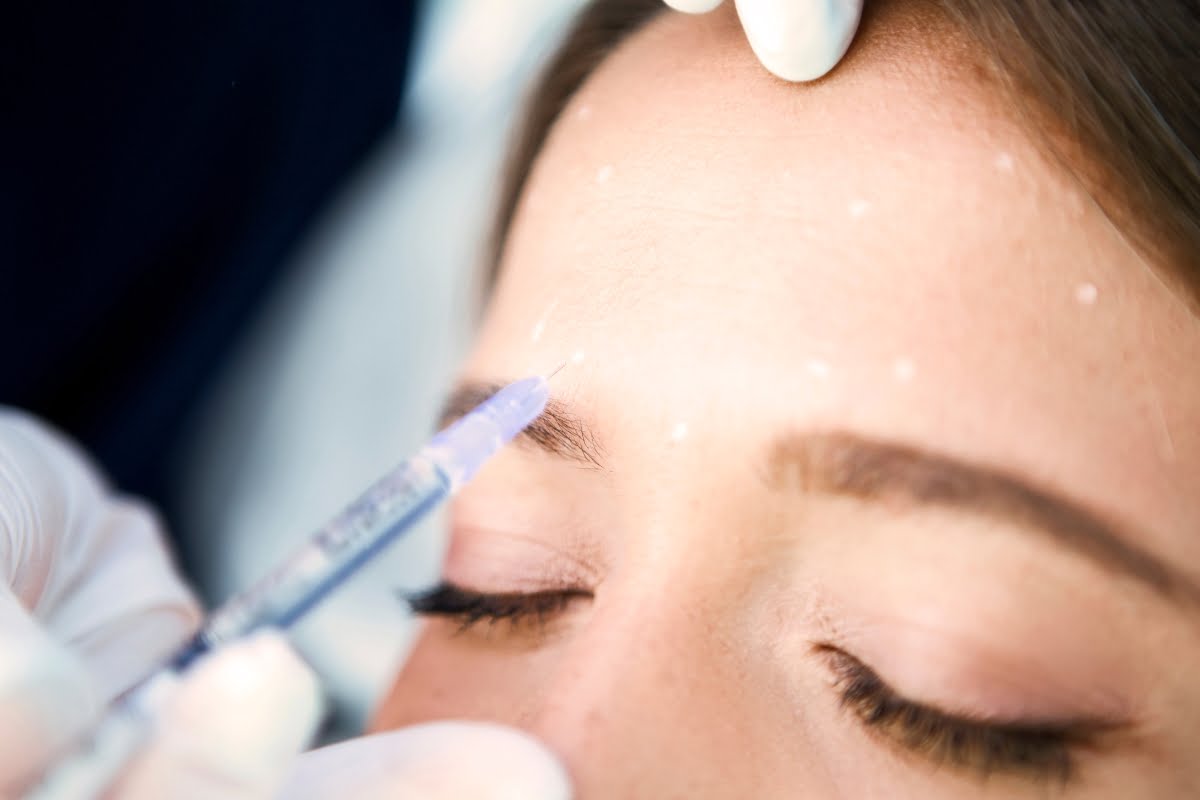Embarking on the journey of neurotoxin treatments, particularly Botox, opens the door to a world of transformative possibilities in aesthetics and beyond.
With its ability to temporarily relax muscles and smooth out wrinkles, Botox has become a household name in the realm of cosmetic enhancements. However, its benefits extend far beyond mere aesthetics, with applications ranging from migraine relief to managing excessive sweating.
In this article, we’ll uncover the multifaceted benefits of Botox treatments, delving into its diverse applications and the potential it holds for enhancing both appearance and quality of life. Get ready to discover the science, the art, and the myriad benefits of Botox.
Youthful Glow in a Syringe: How Neurotoxin Treatments Transform Your Look
Understanding Neurotoxins: Unraveling the Science Behind Botox
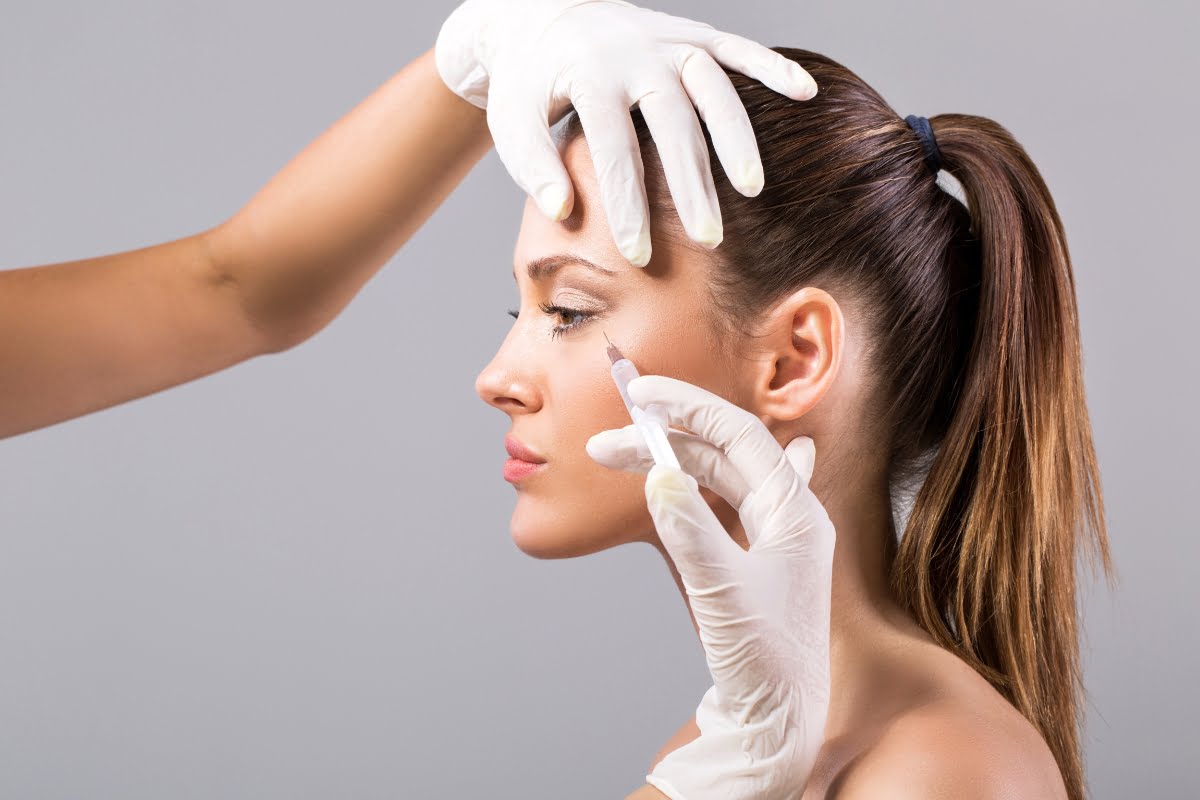
Neurotoxin treatments have revolutionized the field of aesthetics, and at the forefront of this revolution is Botox. To truly appreciate the benefits of Botox, it is essential to understand the science behind neurotoxins. Neurotoxins are substances that target and disrupt the normal functioning of nerve cells. In the case of Botox, it contains a neurotoxin called botulinum toxin type A.
Botulinum toxin type A works by blocking signals between nerves and muscles, effectively paralyzing or weakening specific muscles. This paralysis helps to reduce wrinkles and fine lines on the face, giving a more youthful appearance. The precise mechanism by which botulinum toxin type A achieves this lies in its ability to inhibit the release of acetylcholine, a neurotransmitter responsible for muscle contractions.
When injected into targeted areas, such as crow’s feet or forehead lines, Botox temporarily relaxes the muscles, smoothing out wrinkles and giving a rejuvenated look. The effects typically last for several months before gradually wearing off.
Aesthetics Redefined: How Neurotoxin Treatments Transform Skin
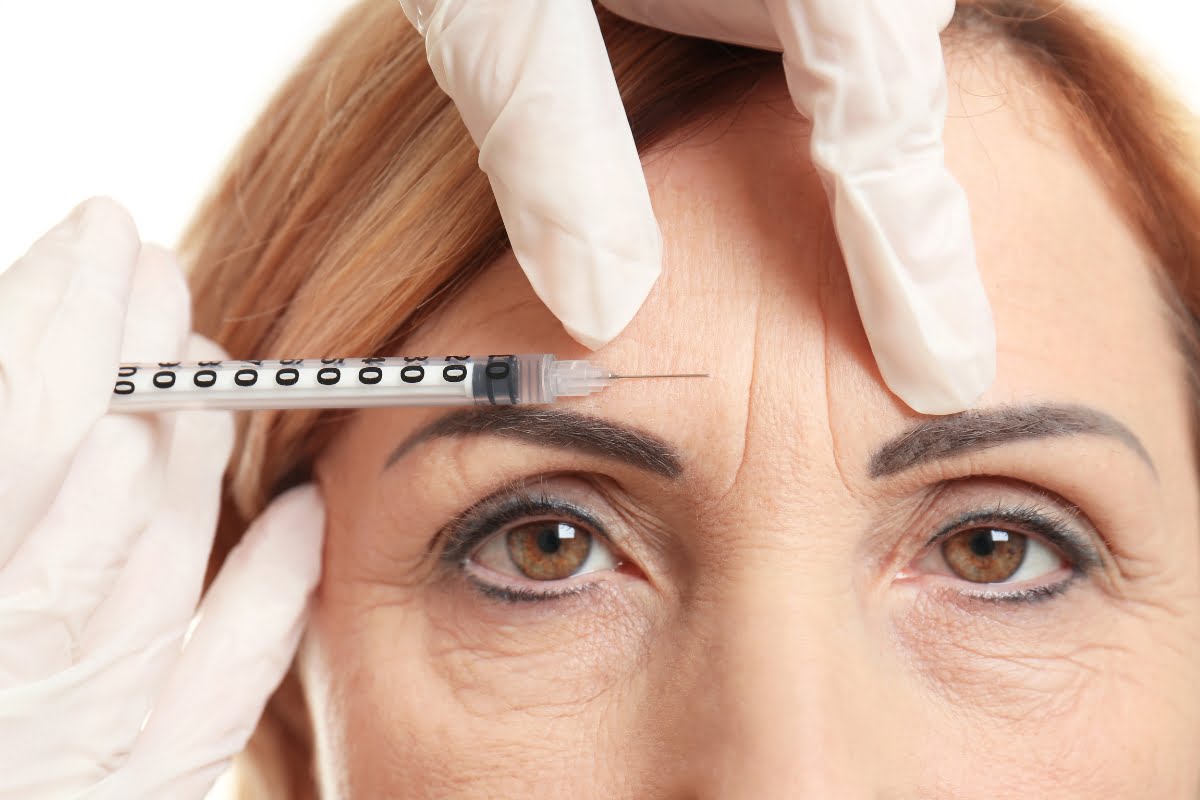
The transformative power of neurotoxin treatments goes beyond mere aesthetics. While many people associate Botox with wrinkle reduction, it can also address other skin concerns such as hyperhidrosis (excessive sweating) and migraines.
In cases of hyperhidrosis, where individuals experience excessive sweating even in non-strenuous situations, Botox injections can provide relief by blocking signals that trigger sweat production. By targeting specific sweat glands with neurotoxin treatments, excessive sweating can be significantly reduced or even eliminated.
Beyond hyperhidrosis, neurotoxin treatments have also shown promise in alleviating chronic migraines. By injecting Botox into specific areas of the head and neck, it can help prevent migraines by blocking pain signals and reducing muscle tension. This has brought immense relief to many individuals who suffer from debilitating migraines.
Precision in Action: Targeting Muscles with Neurotoxin Injections

One of the key advantages of neurotoxin treatments is their ability to target specific muscles with precision. This targeted approach ensures that only the intended muscles are affected, minimizing the risk of unwanted side effects.
During a neurotoxin treatment session, a skilled healthcare professional will carefully assess your facial anatomy and identify the areas that would benefit from Botox injections. Using a fine needle, they will then administer small amounts of Botox into the targeted muscles.
The procedure itself is relatively quick and virtually painless, with most individuals experiencing only mild discomfort. After the injections, it may take a few days for the full effects to become noticeable as the neurotoxin takes effect and gradually relaxes the treated muscles.
The Rise of Cosmetic Neurology: Exploring the Beauty Industry’s Fascination with Botox

Botox has become synonymous with cosmetic procedures, dominating the beauty industry for years. Its popularity can be attributed to its ability to deliver noticeable results without invasive surgery or lengthy recovery periods.
Cosmetic neurology, as it is often referred to, has gained traction due to its efficacy in reducing wrinkles and fine lines. Many individuals turn to Botox as a non-surgical alternative for facial rejuvenation. The quick procedure time and minimal downtime make it an attractive option for those seeking immediate results without major disruptions to their daily lives.
Furthermore, advancements in technology have allowed for more precise administration of neurotoxin treatments, ensuring natural-looking results. This has further fueled the fascination with Botox and its ability to enhance one’s appearance.
Beyond Wrinkles: Therapeutic Applications of Neurotoxin Treatments
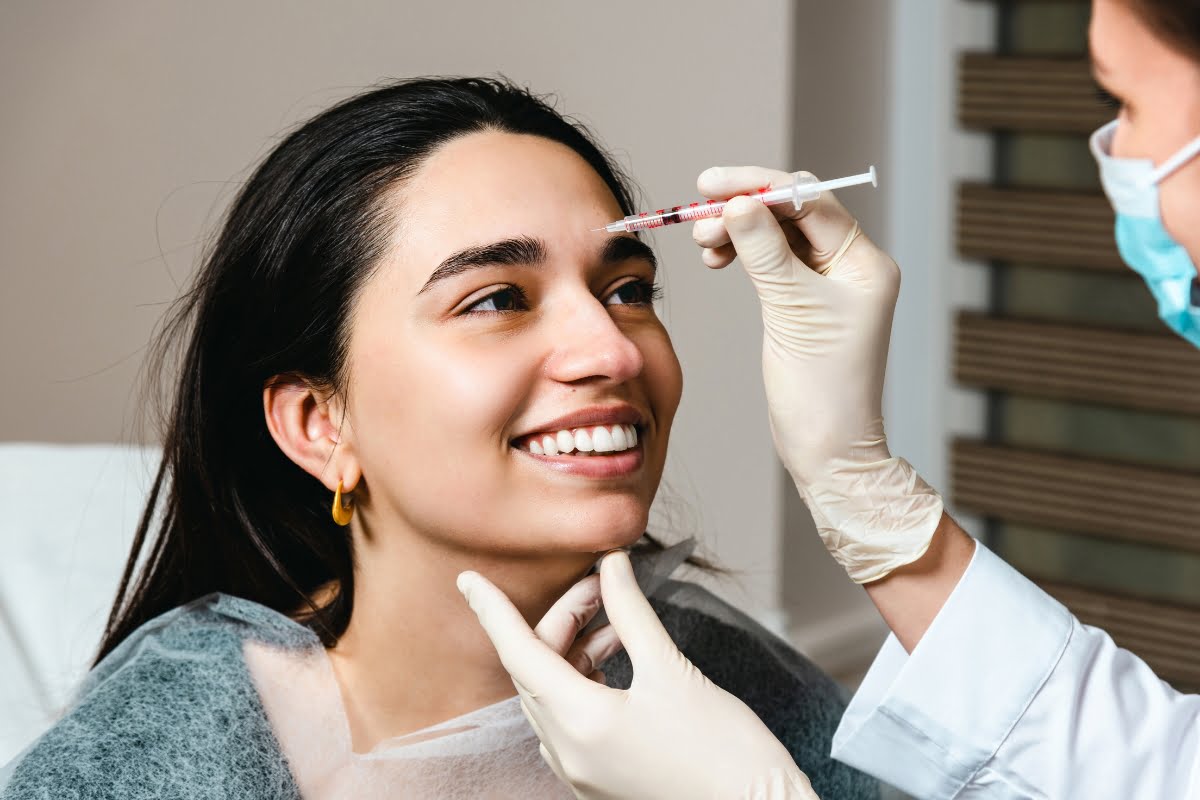
While neurotoxin treatments are commonly associated with cosmetic enhancements, their therapeutic applications extend far beyond wrinkle reduction. Researchers and healthcare professionals have been exploring the potential of neurotoxins in treating various medical conditions.
One notable application is in the field of movement disorders, such as dystonia. Dystonia is a neurological condition characterized by involuntary muscle contractions that cause repetitive or twisting movements. Botox injections can help alleviate these symptoms by relaxing the affected muscles and reducing their spasms.
Promising results have been observed with the use of neurotoxin therapies for the management of issues such as overactive bladder and persistent pain. By precisely targeting the affected muscles or nerves, the administration of Botox injections can alleviate symptoms and enhance the well-being of those grappling with these afflictions.
Neurological Conditions and Neurotoxin Therapy: Hope for Patients
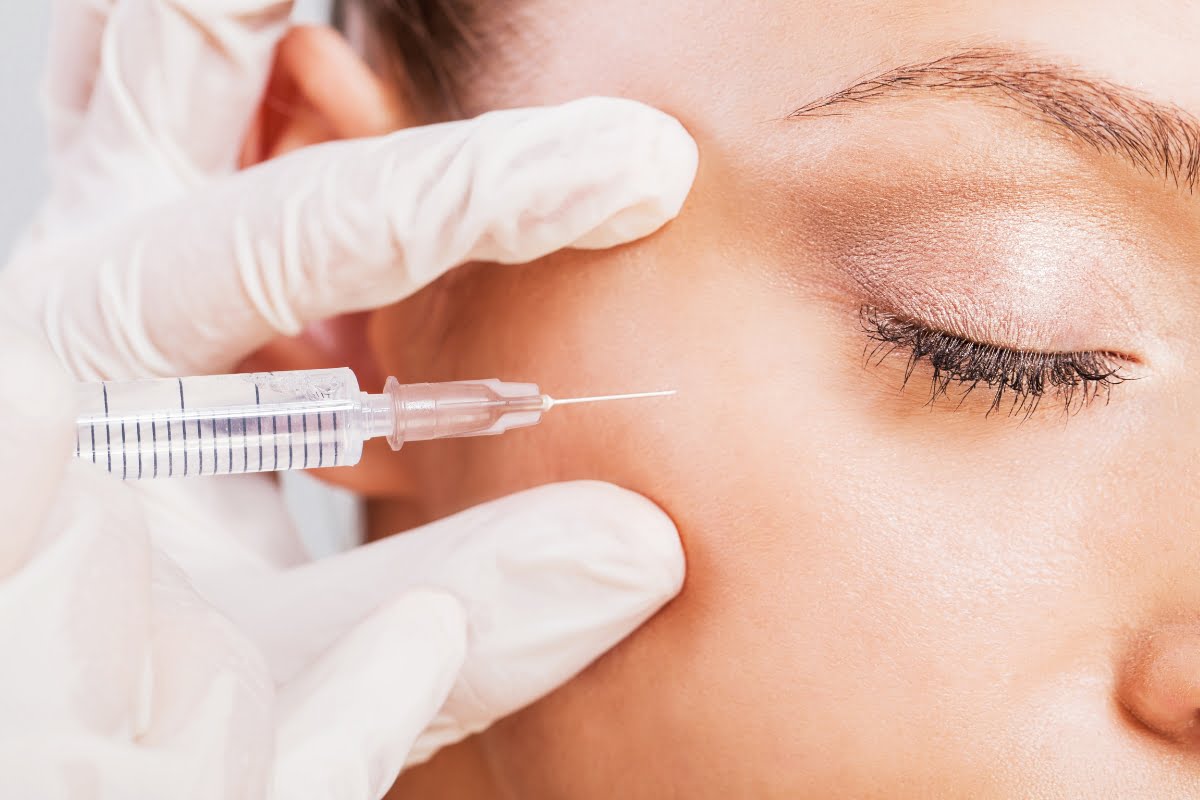
The potential of neurotoxin therapy extends beyond movement disorders and chronic pain management. Researchers are actively investigating the use of neurotoxins in treating neurological conditions such as cerebral palsy, multiple sclerosis, and even stroke rehabilitation.
In cerebral palsy, a group of disorders affecting movement and muscle coordination, Botox injections can help relax tight muscles, improving mobility and reducing pain. Similarly, in multiple sclerosis patients experiencing spasticity (muscle stiffness), neurotoxin treatments can provide relief by targeting specific muscle groups.
Furthermore, studies have shown that neurotoxin therapy may aid in stroke rehabilitation by promoting muscle recovery and reducing spasticity. This offers hope for patients on their journey to regain motor function after a stroke.
Safety Concerns and Misconceptions: Debunking Myths About Botox

When it comes to neurotoxin treatments like Botox, there are numerous safety concerns and misconceptions that often lead to misunderstandings. It is crucial to debunk these myths to provide clarity and accurate information to individuals considering such procedures.
One common misconception regarding Botox is that it is a dangerous toxin that can harm the body. In reality, Botox, derived from the bacterium Clostridium botulinum, is used in very small, controlled amounts for cosmetic and medical purposes. When administered by a qualified professional, Botox is a safe and effective treatment for various conditions.
Another safety concern often raised is the fear of botched results and unnatural facial expressions. However, when Botox is administered correctly, it can provide subtle enhancements that look natural and complement the individual’s features. It is essential to choose a skilled practitioner who understands facial anatomy to achieve optimal results.
Furthermore, some individuals worry about the longevity of Botox effects and the need for frequent touch-ups. While Botox results are temporary and typically last for 3-4 months, regular maintenance treatments can help maintain a consistent appearance. With proper care and maintenance, individuals can enjoy long-lasting benefits from Botox treatments.
Moreover, there is a misconception that Botox is only used for cosmetic purposes to reduce wrinkles and fine lines. In reality, Botox has various medical applications, such as treating migraines, muscle spasms, excessive sweating, and bladder issues. Its versatility makes it a valuable treatment option beyond aesthetic enhancements.
Concluding Remarks: Embracing the Versatility and Potential of Neurotoxin Treatments
Neurotoxin treatments, particularly Botox injections, have transformed the field of aesthetics and offer hope for individuals with various medical conditions. From reducing wrinkles to managing movement disorders and neurological conditions, neurotoxin therapy has proven its versatility.
Experience the transformative benefits of neurotoxin treatments at Skin Suite Medspa. Our expert team is dedicated to helping you achieve your aesthetic goals with precision and care. Ready to rejuvenate your skin and enhance your natural beauty? Contact us today at (770) 802-8900 to schedule an appointment or send a message through our online contact form.

